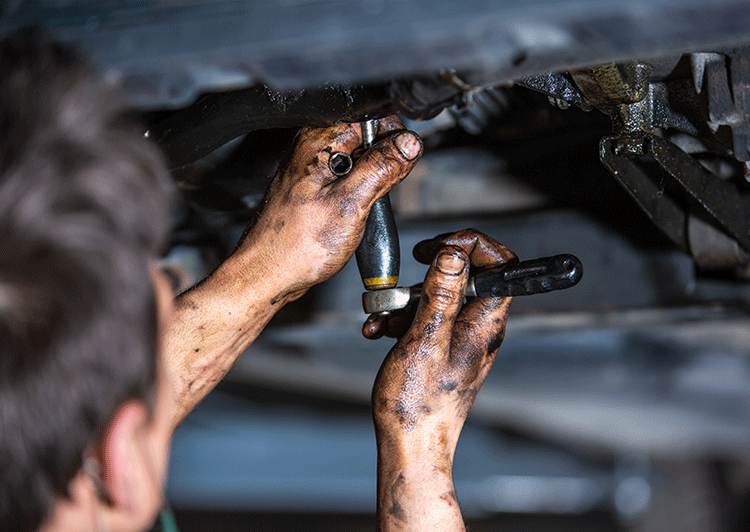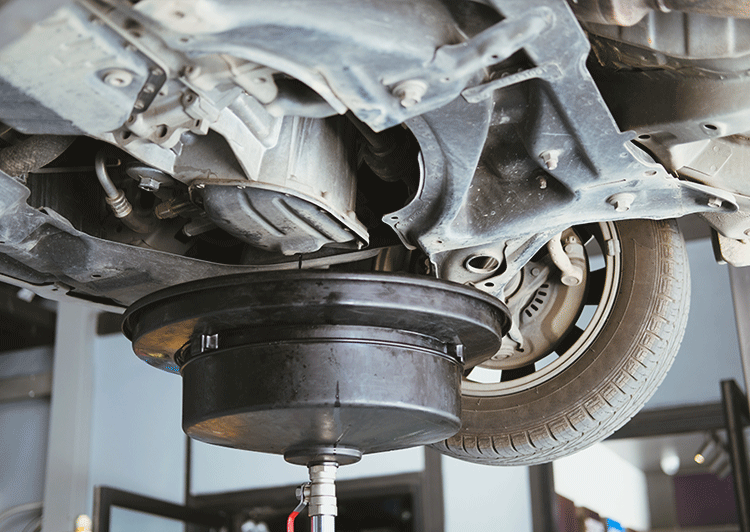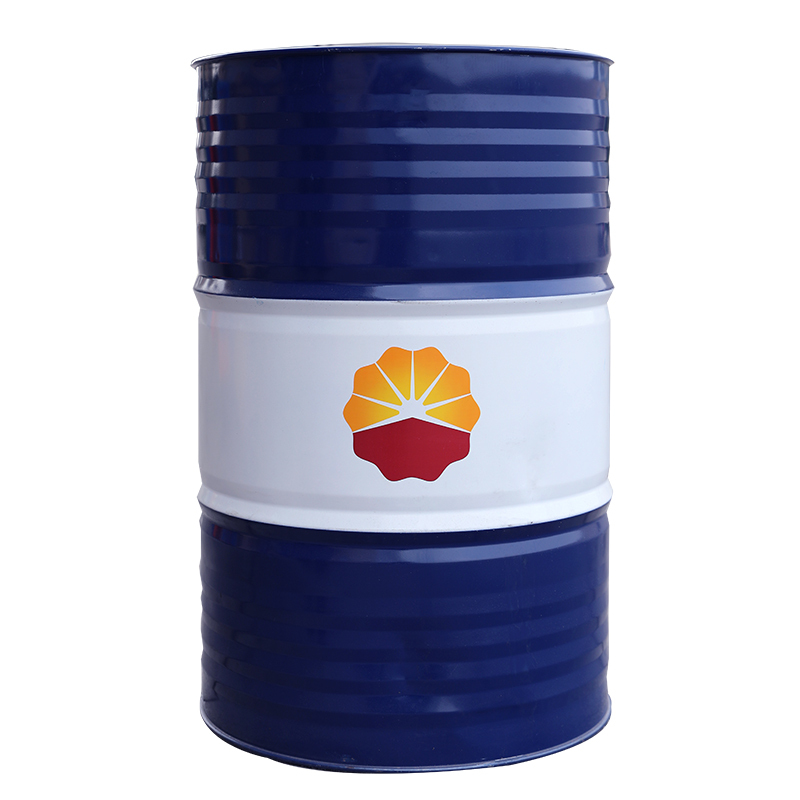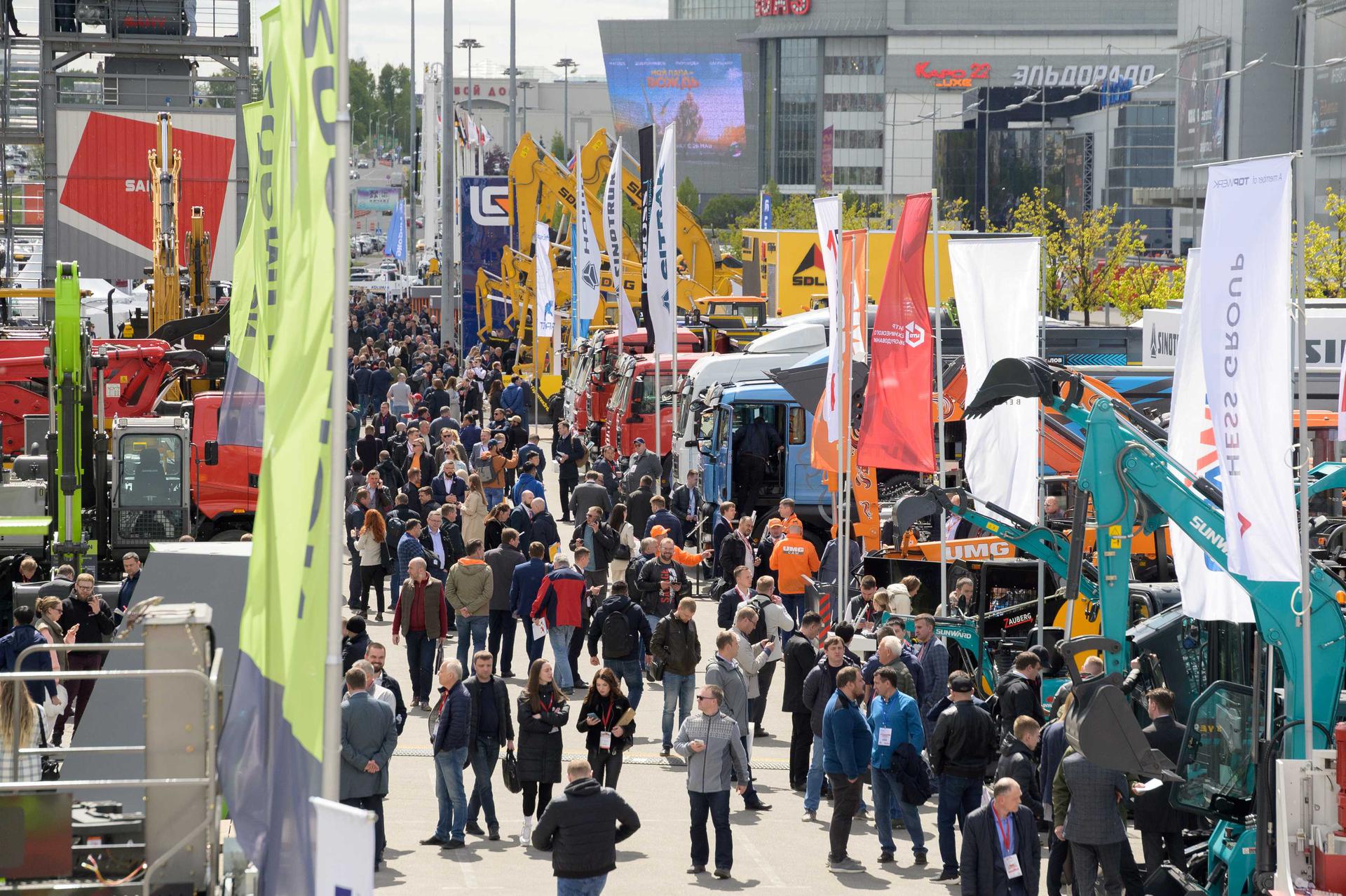Cavitation and cavitation are two important concepts in the field of engineering, especially in systems involving liquid flow.
Cavitation occurs under specific conditions and processes. In general, oil fluids have the ability to dissolve air, and they usually dissolve more air than water. Air that is normally dissolved in oil at atmospheric pressure becomes supersaturated when the pressure falls below atmospheric pressure. If the pressure continues to fall below a certain value, the supersaturated air will separate from the oil, resulting in air bubbles. In addition, there is another condition that can lead to the formation of air bubbles. When the pressure at a certain point in the fluid is lower than the vapor pressure at the prevailing temperature, the fluid will boil and vaporize, again resulting in the formation of bubbles in the fluid. In both cases, the bubbles are mixed into the fluid, resulting in cavitation. This phenomenon results in the original pipeline filled with oil into a discontinuous state, this discontinuous state is known as the cavitation phenomenon.
Cavitation is a phenomenon closely related to cavitation. When the liquid with bubbles into the high-pressure region, under the action of high pressure, the bubbles will quickly rupture or shrink dramatically, and then re-condense into liquid. The space occupied by the original bubble will instantly form a local vacuum, the surrounding liquid mass will be very high speed to fill this space, mass collision between each other to form a local high pressure, which in turn produces a hydraulic shock. If this localized hydraulic shock acts on the surface of the part, it will cause damage to the metal surface, resulting in corrosion of the metal surface. This corrosion phenomenon caused by cavitation is called cavitation.
Cavitation and cavitation phenomenon in the hydraulic system is more common, will bring many adverse effects to the system. For example, they will reduce the efficiency of the system, resulting in energy loss; will cause wear and damage to the hydraulic components, shortening their service life; may also cause system vibration and noise, affecting the stability and reliability of the system.
In order to reduce or avoid the occurrence of cavitation and cavitation phenomena, a series of measures need to be taken in engineering design and practical application. For example, the reasonable design of pipelines and hydraulic components of the structure, optimize the parameters of the system; to ensure that the suction port of the oil pump has a sufficient pipe diameter and appropriate oil flow rate; control oil temperature, to prevent the oil temperature is too high resulting in an increase in the vapor pressure of the oil; and in the system to set up a suitable venting device, to exclude the mixed air in a timely manner, etc..
In short, cavitation and cavitation phenomenon is an important problem that needs to be paid attention to and solved in the liquid flow system. Only in-depth understanding of the principle and impact of its generation, and take effective preventive measures to protect the normal operation of the system and extend the service life of the equipment.





 Home
Home
 Product
Product
 Equipment
Equipment
 Contact
Contact